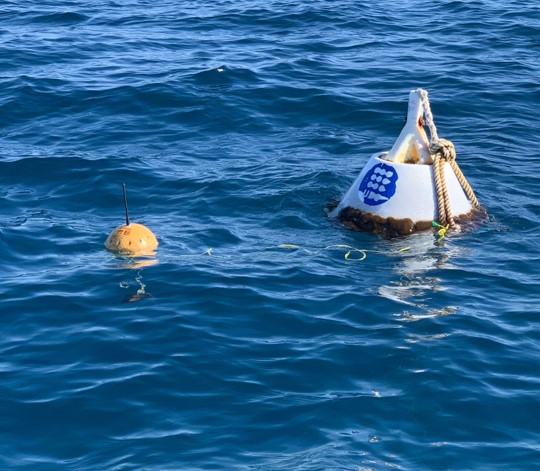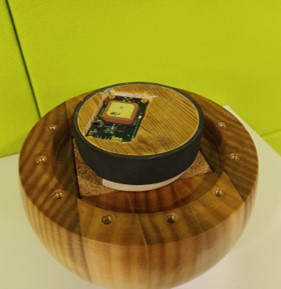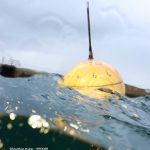← Back
CLS Leading the Transition to Sustainable Ocean Tech

Last year we unveiled the wooden buoy, a CLS innovation, that aims to reshape In Situ Ocean Monitoring.
Part of an ongoing project to develop an eco-friendly way of gathering vital metocean data, the wooden buoy now has been undergoing further developments and is now equipped with a temperature sensor.
After its first successful deployment in near Brest, France, tests are currently underway in Vilanova near Barcelona, Spain with promising results.
The ocean covers around 70% of the Earth’s surface and is a vast and dynamic system. Home to countless species of fish and a major source of protein for more than one billion people, it is now under threat from climate change and over exploitation and the need for reliable, timely, and comprehensive ocean data has never been more critical.
Drifting buoys are just one of the ways that scientists can obtain the data they need to map and monitor ocean conditions, assess the impacts of climate change and warn about ocean-related natural disasters.

However, there is growing concern that this valuable tool may also be unsustainable and environmentally damaging given that they are often launched without any plans for recovery and therefore contribute to the growing chaos of ocean litter and plastic. CLS’ WOODBUOY, developed with Météo France, E-Surfmar and Die Bremer Drechlerei aims to address this issue by replacing almost all the plastic with wood.

CLS Woodbuoy
Following the success of the first version at the end of 2023, the second version, now integrating a temperature sensor, has recently been deployed by a long-time user of CLS’ services, Universitat Politecnica de Catalunya (UPC) in Vilanova near Barcelona and is providing nominal results including hourly readings of Sea Surface Temperature (SST).
Convinced by the results, E-Surfmar and Météo France have signed a second contract and now a third version is currently in development aiming to integrate GPS, a temperature sensor and a barometer.
Development of this version is scheduled for September with an aim to deploy in December 2024. You can keep following our transition towards sustainable ocean tech as we’ll be providing you with updates as we get them.



